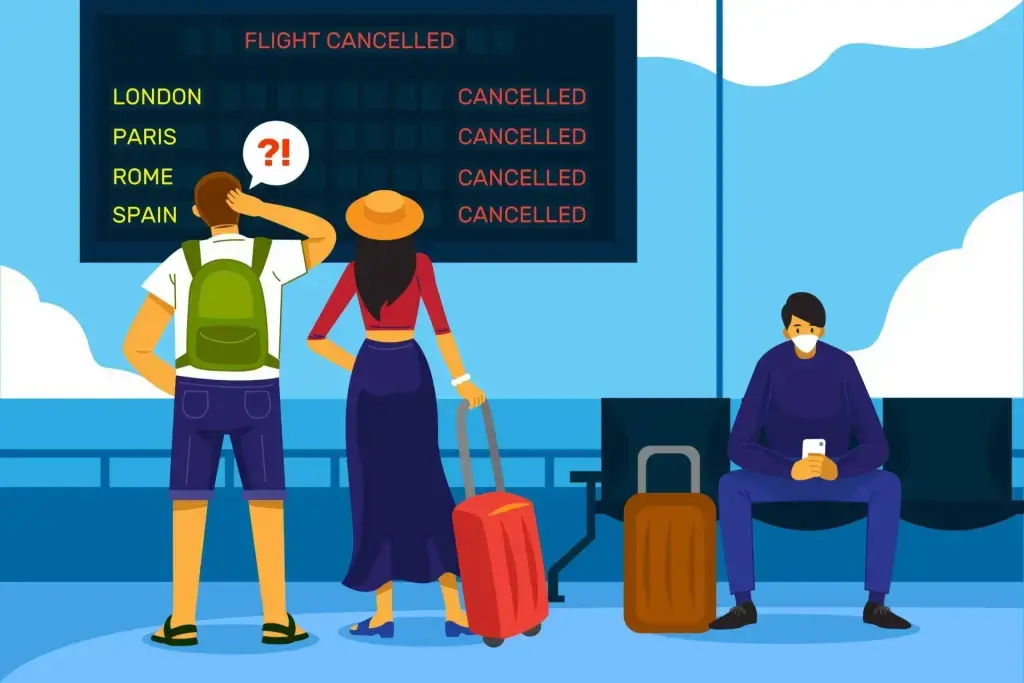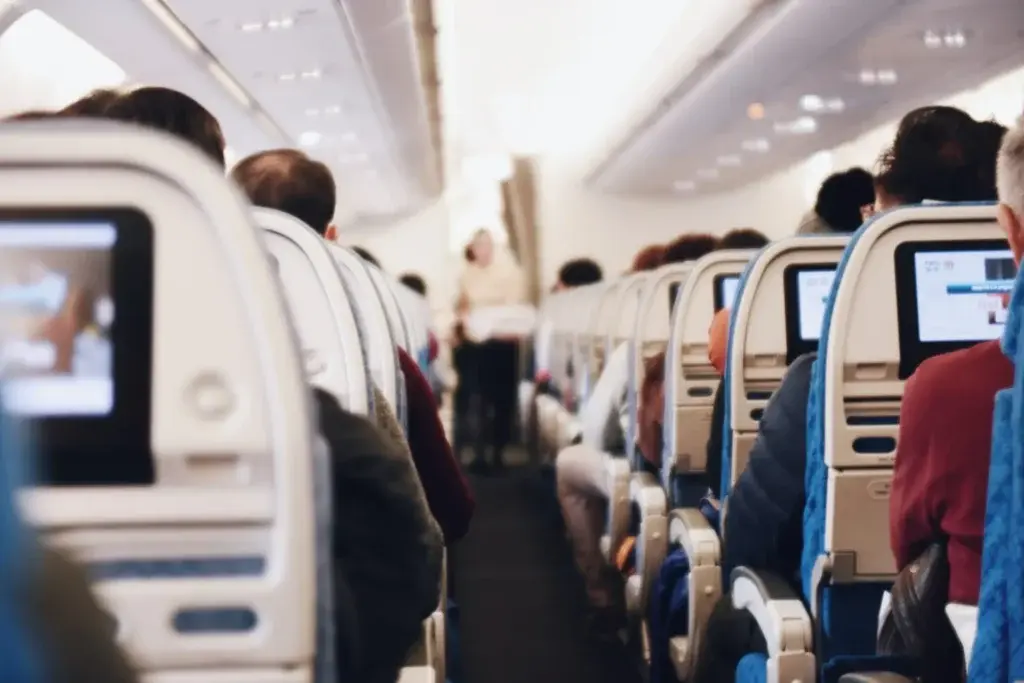Planning a trip to Colombia: what papers do you need? How can you make sure you're well covered during your stay? How to take out travel insurance for Colombia We tell you all about it in our complete guide!
Travel insurance Colombia
Prix moyen constaté
9,20€/Pers*
*Tarif pour un voyage d’une semaine pour une personne de 30 ans (sans annulation).


COVID-19
Full "recommended" vaccination schedule

Mandatory documents
Valid passport is required

Residence permits
Only for stays over 90 days

Currency
Colombian peso

Vaccination
No vaccination required

Travel insurance Colombia
450,000€ coverage recommended by Yupwego

Best period
December to March

Emergency numbers
medical emergencies - 123
Useful information about luggage shipping to Colombia.
Start your quotation now and obtain your Colombia medical insurance certificate, which covers medical expenses up to €500,000.
Discover Colombia
Colombia at a glance
Colombia, with its varied landscapes, is a country rich in history and culture. It offers a wide range of activities, from Caribbean beaches to the Andes mountains, via charming colonial towns like Cartagena. Colombian coffee is a true national pride, as are the bewitching rhythms of salsa. Colombia is sure to seduce you with its beauty and hospitality.
Must-sees
See our complete guide to in Colombia.
Travel insurance Colombia
Is travel insurance compulsory in Colombia?
Although travel insurance is not mandatory for entry into Colombia, it is highly recommended. In fact, it can cover unforeseen situations such as medical treatment, trip cancellation or baggage loss. In particular, medical costs can be high in some regions.
Why do you need travel insurance for Colombia?
We recommend that you take out travel insurance for Colombia for several reasons:
- Medical expenses: In the event of illness or injury, medical expenses can be very high in Colombia, especially if you have to be hospitalized. Travel insurance will cover these costs, so you don't have to pay out of pocket.
- Repatriation: If you need to be evacuated to receive appropriate medical care, travel insurance can cover the cost of evacuation, which can be very expensive.
- Third-party liability: If you cause damage to others or property, travel insurance can cover the cost of third-party liability.
- Loss and theft: If your luggage is lost or stolen, or if you lose money or valuables, travel insurance can cover these losses.
- Cancellations and delays: If your trip is cancelled or delayed due to unforeseen circumstances, such as illness or natural disaster, travel insurance can cover the associated costs.
What does my Colombia travel insurance with YUPWEGO cover?
To travel to Colombia, YUPWEGO recommends a minimum cover of €450,000. Here's just one of the coverages we offer for each of our contracts:
Before you leave
What are the entry requirements for Colombia?
Entry requirements may vary according to the nationality of each traveler and the current health situation.
Jet lag
There is a 6-hour time difference between Colombia and France.
How can I insure myself for the long term?
If you wish to insure your long-term stay in Colombia, you may consider purchasing an
expatriation insurance
specially designed for expatriates, or a
PVT insurance
insurance if you are studying or doing an internship abroad.
Health care in Colombia
What are the health risks in Colombia?
In Colombia, common health risks include mosquito-borne diseases such as malaria, dengue fever and the Zika virus. It is therefore advisable to protect yourself against mosquito bites. What's more, it's best to drink bottled water to avoid water-related illnesses.
What type of plumbing system should I use?
We recommend using private healthcare services, as they generally offer better and faster care than the public sector.
Travelling responsibly in Colombia
How can you reduce risks by traveling responsibly?
- Show respect: Colombia has a rich and complex history. Respect local traditions and customs, and take the time to learn some basic Spanish.
- Buy local: Support local businesses and crafts to contribute to the local economy and preserve traditions.
- Respect the environment: Colombia is renowned for its biodiversity. Feeding wild animals, leaving garbage or leaving marked trails can disrupt fragile ecosystems.
- Watch out for water: Drinking water can be scarce in some parts of Colombia. Use a reusable water bottle and try to minimize your water consumption.
- Choose your transport: Whenever possible, opt for public or shared transport to minimize your carbon footprint.


















